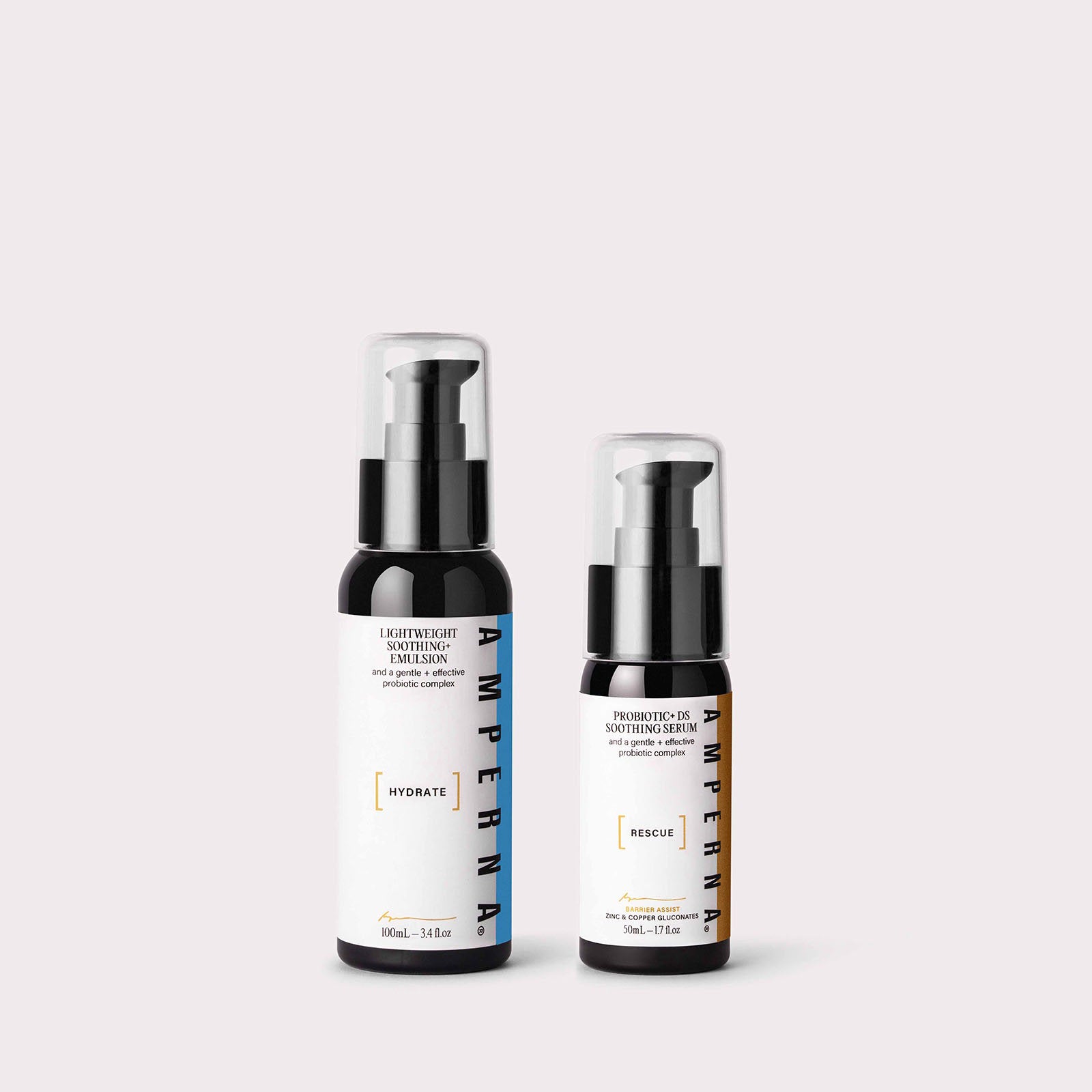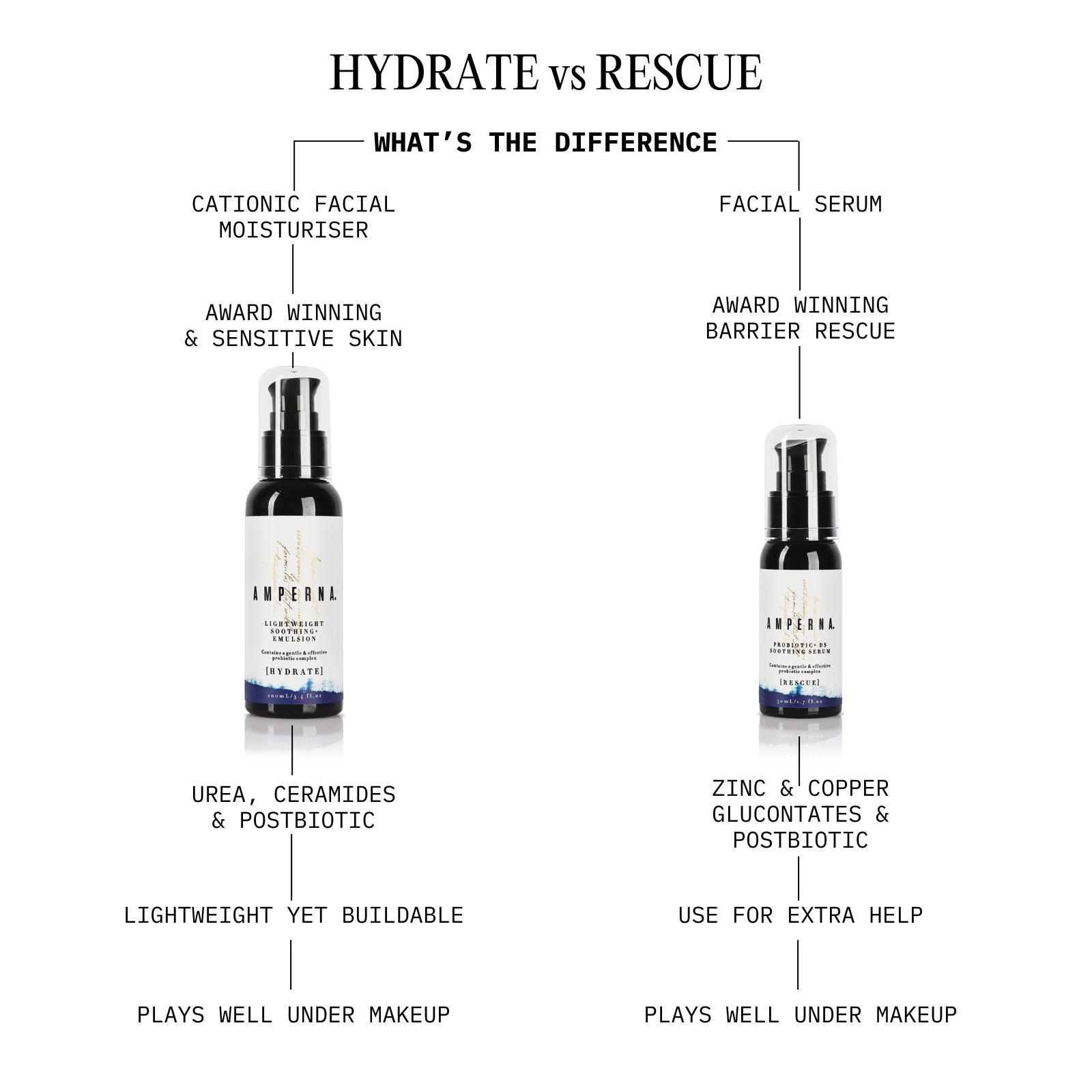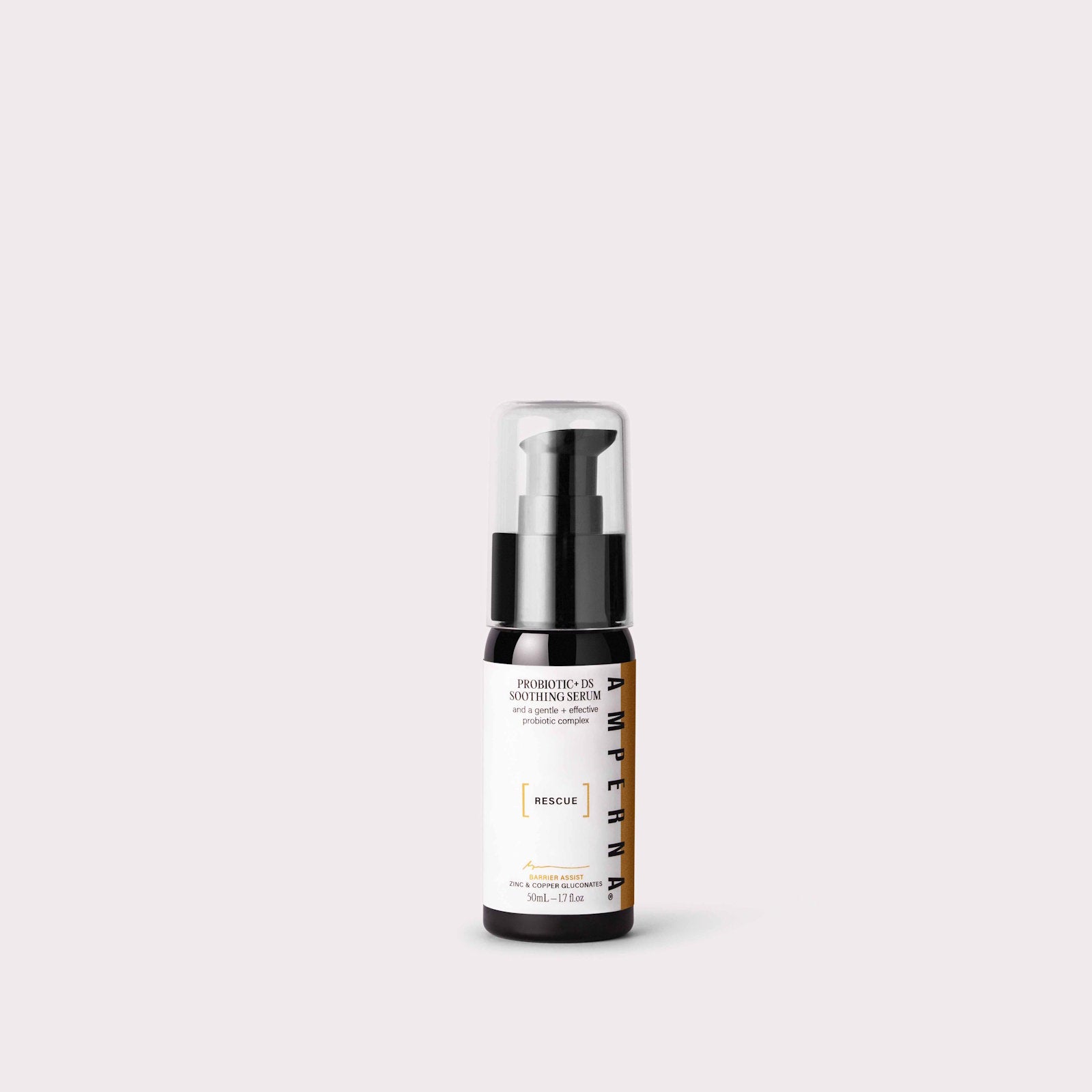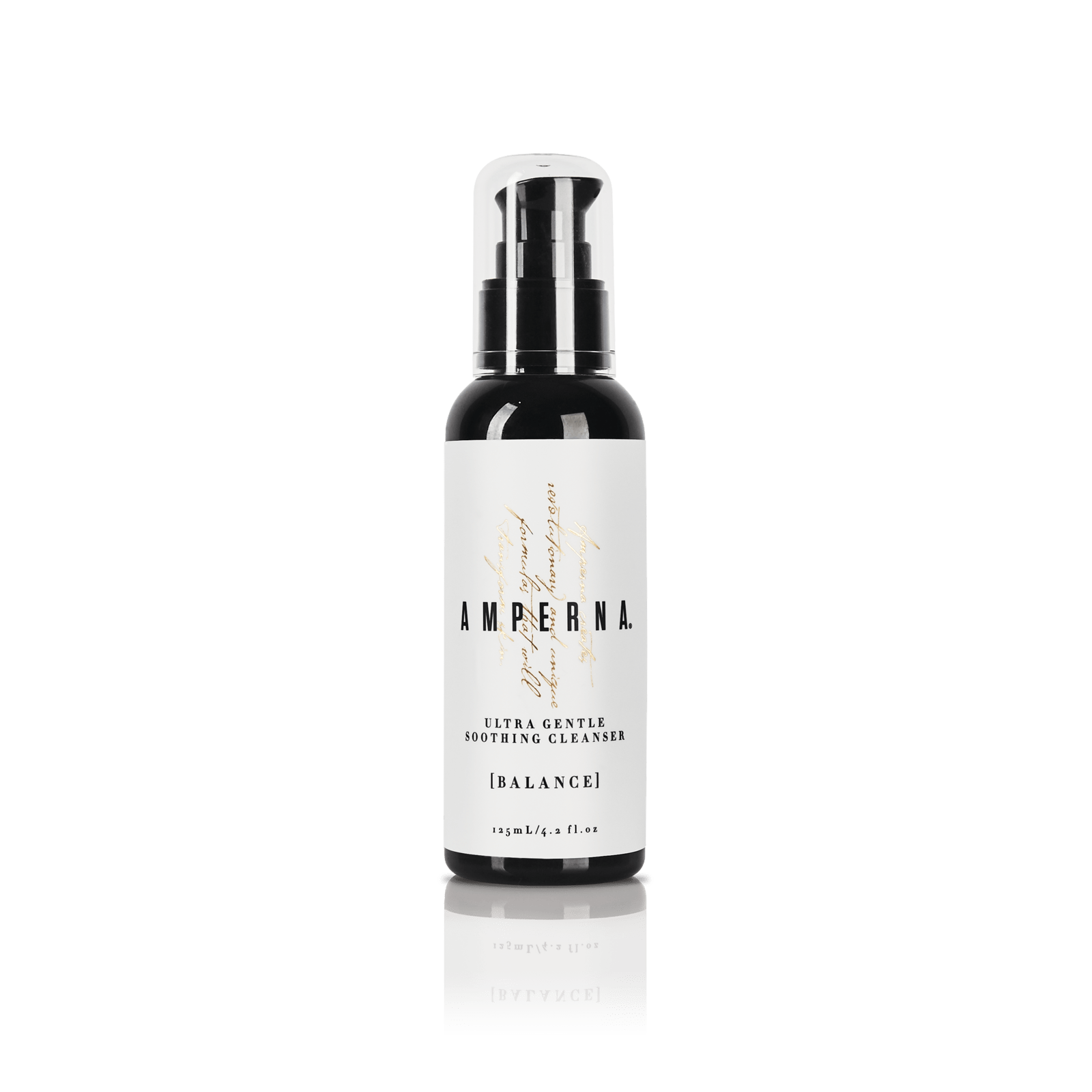Wearing sunscreen is essential, especially if you live in Australia where two in three people will be diagnosed with a type of skin cancer by the age of 70.
Whilst sunscreen is one of the five keys ways to reduce the threat of skin cancer, research conducted in 2016-17 by the Cancer Council found that half of all Australians are confused about sunscreen. Over 3000 people, aged 18-69 participated in the survey (titled the National Sun Protection survey) and the headlines were:
- 55% of adults agreed that sunscreen can be used safely on a daily basis, down from 61% in 2013/14.
- 20% of adults agreed that people who use sunscreen regularly when outdoors don't get enough Vitamin D from the sun.
- 17% of adults agreed that ingredients in sunscreen are bad for health if used regularly.
In this blog we focus on the second finding, the concern that some people have around sunscreen preventing the body’s production of vitamin D.

Why is Vitamin D Important?
Vitamin D is critical for our overall health. It helps our body absorb the calcium it needs to strengthen our bones and muscles. Vitamin D deficiency can lead to serious health problems both in children (rickets) and adults (osteoporosis).
Sources of vitamin D are:
Primary sources of Vitamin D
Ultraviolet (UV) radiation
UV radiation from the sun is the best source. When your skin is exposed to sunlight, it produces vitamin D. Ultraviolet B (UVB) rays interact with a protein called 7-DHC in the skin, converting it into vitamin D3, the active form of vitamin D.
Secondary sources of Vitamin D
Food (only 5-10%)
- Naturally occurring through foods such as fatty fish (salmon, mackerel and herring), liver, eggs
- Fortified in foods such as milk and dairy products
Daily exercise
Daily exercise can assist with the body’s production of vitamin D and supplements may also be useful.
The body can only absorb a limited amount of vitamin D at a time and spending long periods of time under the sun does not increase vitamin D levels.

Why do People Believe Sunscreen Inhibits Vitamin D Production?
A proportion of Australians believe that the best way to get adequate vitamin D is through unprotected sun exposure. They think that using sunscreen or other protection methods from the sun will lead to vitamin D deficiency.
This belief can lead to serious problems such as skin cancer.

What do the Experts Say?
The Cancer Council Australia states, “Several studies have shown that sunscreen use in real life has minimal impact on Vitamin D levels over time. In summer, most of us get enough Vitamin D through incidental sun exposure. Deliberate excess sun exposure, even for those with Vitamin D deficiency, is never recommended.”
Additionally, recent research published in the British Journal of Dermatology, found that the benefits of sunscreen use can be obtained without compromising vitamin D levels. In fact, the study showed an increase of vitamin D in participants using sunscreen during a week of cloudless weather and very high UV index. You can read the extract here: https://www.sciencedaily.com/releases/2019/05/190509115443.htm
Finally, Health Direct Australia assert that vitamin D deficincy is a risk not for people who use sunscreen, rather for people whom:
- stay mostly indoors for health, work or other reasons
- have naturally dark skin
- cover their body for religious or cultural reasons
- avoid the sun for skin protection or due to medical reasons
- are obese
- have a health condition that affects vitamin D absorption
- take medicines that cause vitamin D to break down
- are a baby of a vitamin D deficient mother
What is the Optimal Way to Apply Sunscreen?
Sunscreen, when applied correctly, can protect your skin against skin cancer and premature aging.
The Cancer Council recommends using sunscreen on days when the UV Index is 3 or above. When UV levels are below 3 sun protection is not recommended, unless you work outdoors, are near reflective surfaces (like snow), or outside for extended periods. You can get a daily update on the UV rating at the Bureau of Meteorology: http://www.bom.gov.au/uv/
When applying sunscreen, you need to do it 20 minutes prior to sun exposure and in the following quantity:
- Minimum of one teaspoon per limb, one for the front of the body, one for the back and one for the head. A full body application for an adult should be at least 35mL or seven teaspoons.
It is also recommended you choose a sunscreen that has an SPF of 30 or higher, is water resistant, and provides broad-spectrum coverage, which means it protects you from UVA and UVB rays. To remain protected when outdoors, reapply sunscreen every two hours, or immediately after swimming or sweating.
Need help wearing physical sunscreens with makeup?
In addition to protecting your skin from harsh UV rays, you can help it glow with the Active Probiotic AMPERNA® range. As part of your holistic approach to skin care, the AMPERNA® range is suitable for all skin types and has been tested on eczema, perioral dermatitis, rosacea, acne prone skin and more. AMPERNA® is an Australian owned, ethical skincare brand, dedicated to creating revolutionary and unique formulas to help rebalance and transform the appearance of skin.
Go to https://amperna.com/ for more information.
Sources:
https://www.skincancer.org/blog/sun-protection-and-vitamin-d/
https://www.skincancer.org/healthy-lifestyle/vitamin-d/damage
https://www.sciencedaily.com/releases/2019/05/190509115443.htm
https://www.healthdirect.gov.au/vitamin-d-deficiency


















